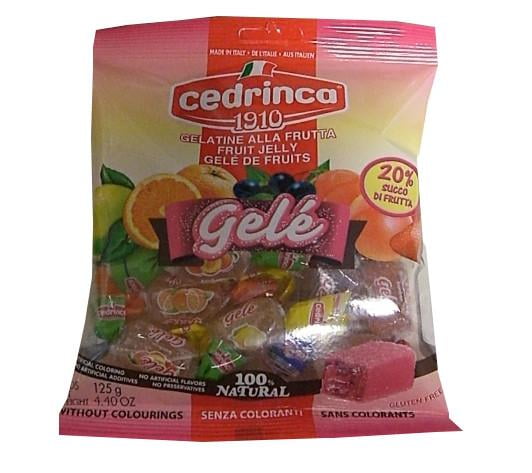

As such, a new version of yokan was developed using Japanese azuki beans, also called sweet red beans, anko, or adzuki beans. However, the monks who imported the dish into Japan were Buddhists devoted to vegetarianism.

Once cooled, the gelatin in the soup solidified into a texture similar to jelly. Originally, it was a Chinese jelly derived from boiling sheep gelatin while making mutton soup. Yokan, written 羊羹, contains both the Chinese character for “sheep” (羊) and “broth” (羹). The word itself contains a number of clues as to the origins of this jelly dessert. Yokan was first introduced to Japan from China in around 1191. But don’t be deceived! Yokan is a subtle, sophisticated Japanese dessert with countless variations sure to appeal to modern tastes. With its block-like shape and translucent, subtle coloring, it’s also one of the most unassuming. Yokan is made from red bean paste, agar, and sugar and it is one of the oldest of Japan’s line-up of traditional confectioneries. But there’s another wagashi that more than deserves its place in the canon: yokan (Japanese jelly candy). The Colorful star candy konpeito and crunchy, fish-shaped cake, taiyaki has been on your radar for a while. You’ve already learned all about mochi and sweet and sticky dango (Japanese dumplings). When it comes to traditional Japanese sweets, or wagashi, you’ve probably already heard of all the classics. This block-shaped, translucent, subtly colored snack is unassuming in appearance, but is actually a sophisticated, Japanese dessert with countless variations appealing to modern tastes.

Yokan, a traditional Japanese jelly candy, is one of Japan’s oldest sweets.


 0 kommentar(er)
0 kommentar(er)
